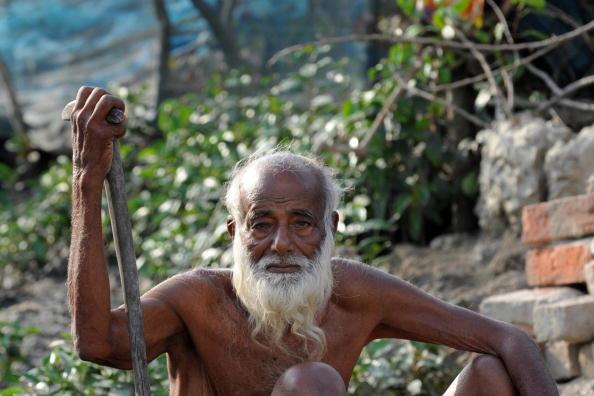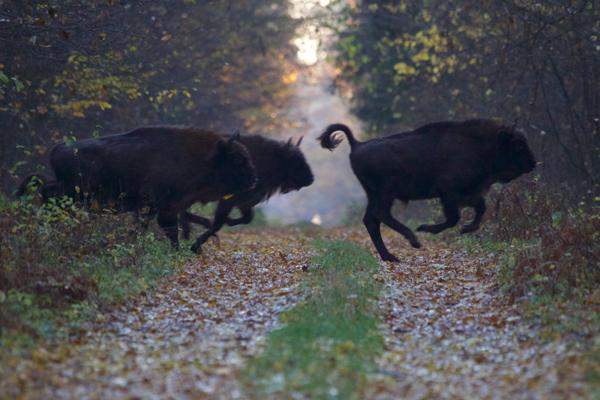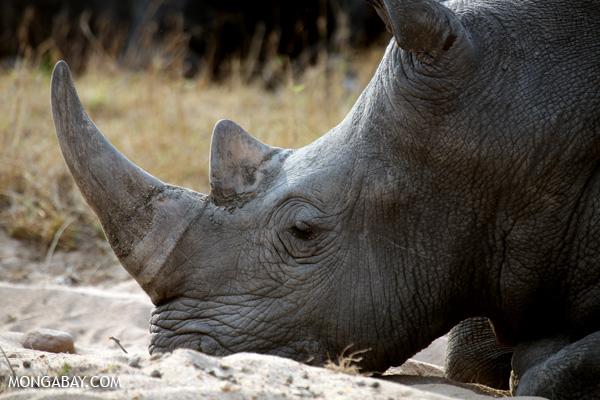“I wanted to capture the sufferings...to show the rest of people that, look at these students, teachers, leaders, working people who went to participate in [the Long March], they didn’t go their for a picnic, they were there to protest,” filmmaker Bratto Amin told mongabay.com.
Critics of the 1,320 megawatt plant, dubbed the Rampal coal plant, say it threatens to pollute the great forest, imperiling not only the ecosystem’s rich wildlife but the livelihood of millions of local people. Moreover, as one of the world’s most vulnerable countries to climate change, critics say that by embracing coal-fired power Bangladesh is sending a mixed message to the international community and is contributing to a global problem that threatens to flood the Sundarbans itself.
This article was originally written and published by Jeremy Hance, a contributing writer for news.mongabay.com. For the original story and more information, please click HERE.




